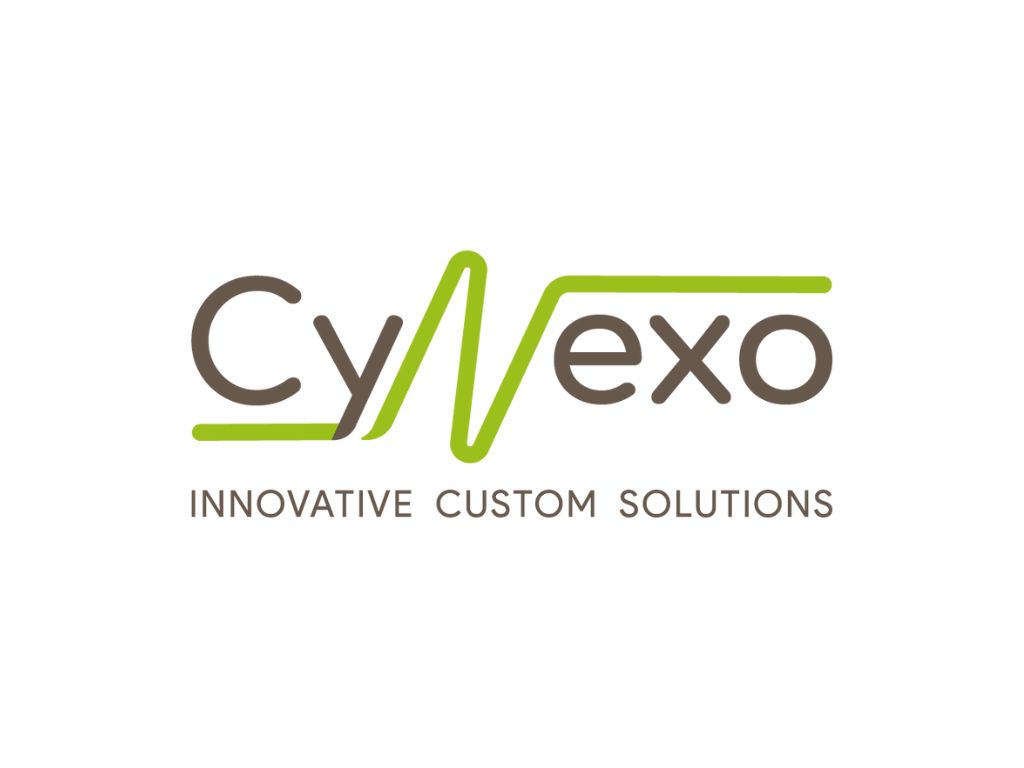Cross-Cutting Activity 1
Cross-Cutting Activity 1 (CC1) plays an important role in fostering a coordinated approach across all Spokes within the iNEST Consortium. Aligned with the framework of an innovation ecosystem, this activity serves the purpose of valorizing innovative ideas and facilitating the generation and development of research start-ups and spin-offs. To this aim, CC1 is subdivided into three distinct phases. The whole activity is repeated twice.
1
Pre-acceleration
In this phase, innovative ideas by students, researchers, and pre-seed start-ups, to turn into tangible start-up projects, are collected. An accurate selection determines which ideas will be further nurtured throughout their development.
2
Acceleration
This is the phase in which start-up projects take shape: by defining the business model, their founders receive all the ingredients for success. This becomes possible thanks to a dense agenda of workshops and pitch clinics.
3
Fundraising
Managing investment rounds helps start-ups grow into scale-ups, whose features are congenial for their international success. Fundraising is the ultimate support system: networks are built, preparations for investments are made, and a sustainable path is plotted for the long run.
Pre-acceleration: where ideas are unfolded
The primary objective of the Pre-acceleration phase is to encourage doctoral students, researchers, and pre-seed start-ups to share bright ideas that could be turned into successful entrepreneurial projects. These primal ideas are collected as applications for a Call for Exploring Ideas.

To achieve this objective, a dedicated figure is needed: the Scouting Specialist. Their mission is to find aspiring entrepreneurs among students, researchers, and pre-seed start-ups from universities and research institutes. To do so, the Scouting Specialist organizes one-on-one meetings to help potential start-up founders prepare a successful pitch. This is a crucial step toward the Selection Day, in which all candidates’ pitches are showcased. The CC1 Committee then proceeds to evaluate them and hence decide which start-up projects are admitted to the Acceleration phase.
Simultaneously with scouting activities, work is underway on creating materials to give future entrepreneurs essential knowledge and skills. Open Innovation activities are also planned, connecting universities, start-ups, and businesses for new projects and collaborations.
Acceleration: where innovators become entrepreneurs
To those that pass the Selection Day, iNEST opens the doors to its Acceleration program—a structured path designed to transform innovative ideas into successful start-ups and spin-offs. In this program, theory meets practice in a series of workshops, equipping start-up teams with essential skills for entrepreneurial success. Pitch clinics, in which founders train for the presentation of their pitch, are present as well. At the core of the program lies the lean start-up methodology, empowering rapid iteration and validation of solutions, ideal for research-driven technologies seeking commercial traction. Peer learning accelerates progress as teams share experiences and solutions, and expert coaches from different universities and institutes provide personalized guidance, translating theory into actionable strategies tailored to each start-up’s context.
The Acceleration phase culminates in the Demo Day, a platform where teams unveil their start-up projects to potential investors and experts in the field. This day marks the first step in connecting founders with those interested in supporting the growth of their business, paving the way for strategic collaborations.
Spoke 9 start-ups

SINDREL
1st Acceleration cycle
SINDREL is a medical device that optimizes drug therapy management by exploiting graphene’s chemical and physical properties. This technology enables programmable and precise drug delivery, tailored to the patient’s needs. This increases the effectiveness of therapy and minimizes the risk of dosing errors, improving the patients’ quality of life.

Sniff-nano – CyNexo Srl
1st Acceleration cycle
Sniff-nano, by CyNexo Srl, is a device for early screening of neurodegenerative diseases. It overcomes the limitations of current manual tests by taking advantage of digitized stimulation of the sense of smell, whose loss is linked to the onset of these diseases. In this way, the device, suited for both clinical and home settings, facilitates timely diagnoses.
